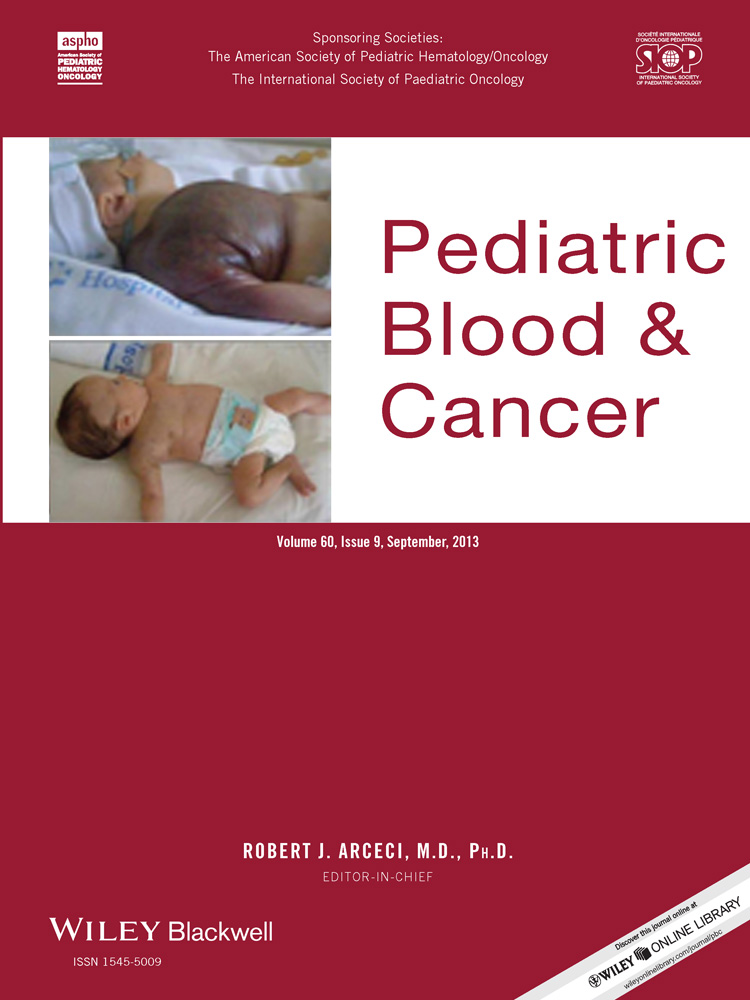Acute care of pediatric patients with sickle cell disease: A simulation performance assessment
Abstract
Background
Sickle cell disease (SCD) is a rare disorder with cardinal features including hospitalization for vaso-occlusive pain episodes, acute pulmonary injury, and increased infection rates. For physician-trainees, learning optimal SCD management is challenging because of limited exposure to life threatening complications requiring timely interventions.
Procedure
To create, demonstrate reliability, and validate simulation-based, acute care SCD scenarios for physician-trainees, seven scenarios were derived from SCD patient cases. For each scenario, participants had 5 minutes to complete diagnostic and treatment interventions. Participants were divided into two groups based on clinical experience: interns or residents/fellows. Two raters scored performances using diagnostic and therapeutic checklists—indicating whether specific actions were performed and a global, 1 (poor) to 9 (excellent), rating. Scenario scores were calculated by averaging rater scores on each metric. Reliability was defined through uniformity in rater scoring and consistency of participant performance over scenarios. Validity was demonstrated by the performance gradient where the more experienced trainees outperform those early in training.
Results
Twenty-eight pediatric residents and hematology fellows took part in the study. Reliability for assessment scores overall was moderate. Performance on all but one scenario was moderately predictive of overall performance. Senior resident/fellows performed significantly better than interns. Positive associations existed between overall performance scores (P < 0.01) and months of postgraduate training (P < 0.01).
Conclusions
Mannequin-based simulation is a novel method for teaching pediatric residents SCD-specific acute care skills. The assessment provided reliable and valid measures of trainees' performance. Further studies are needed to determine simulation's utility in education and evaluation. Pediatr Blood Cancer 2013;60:1492–1498. © 2013 Wiley Periodicals, Inc.




